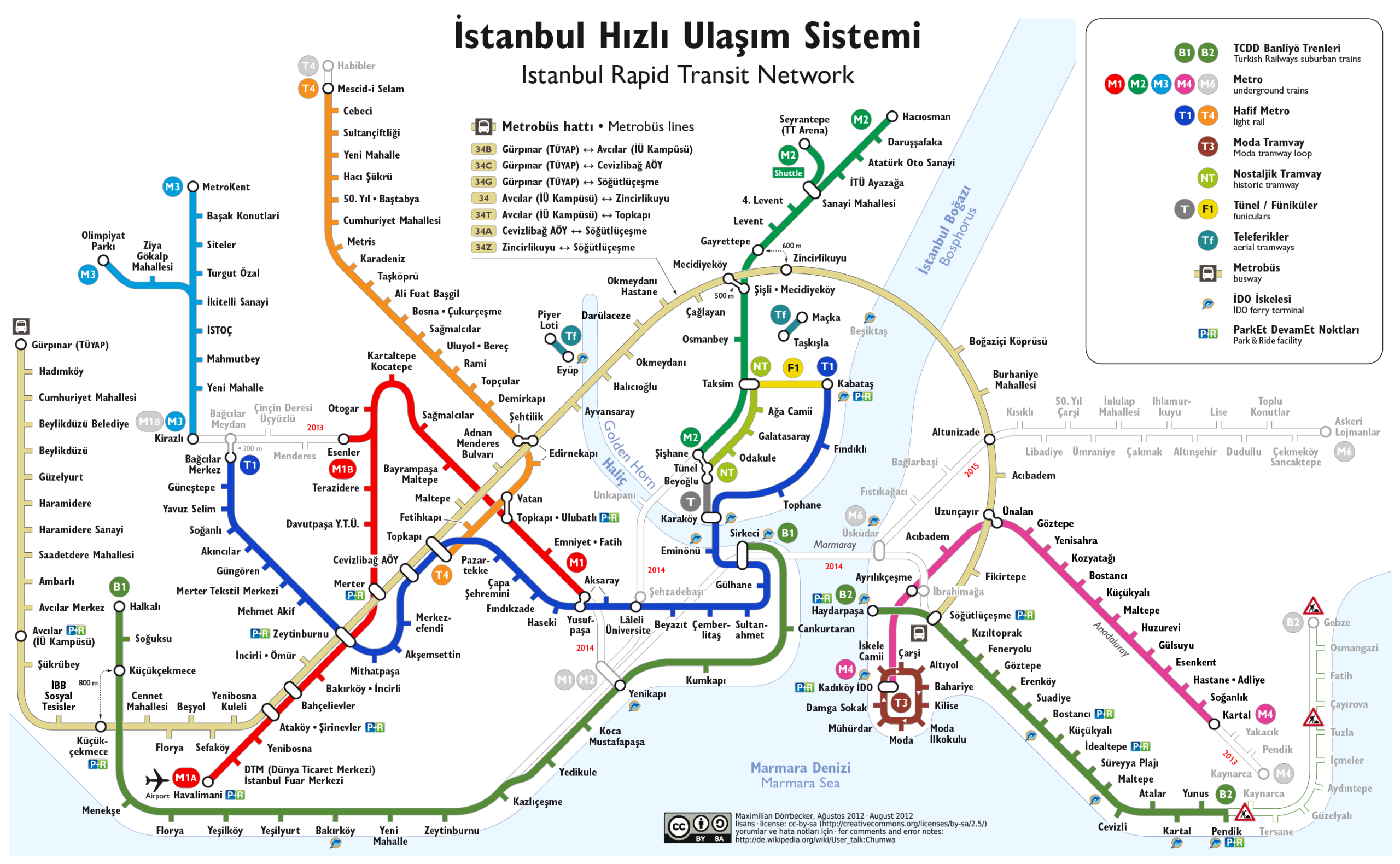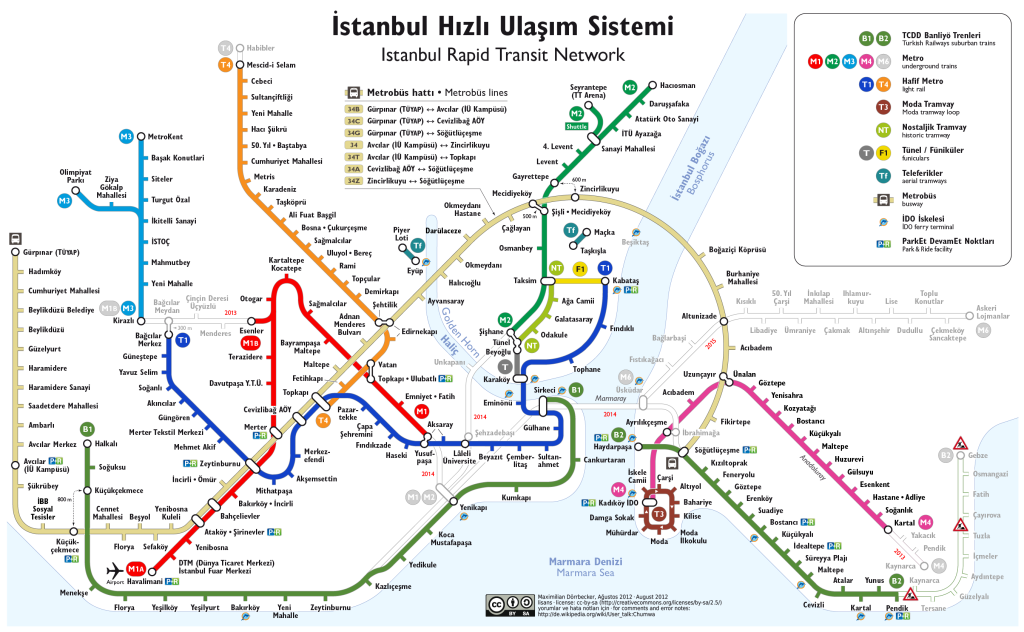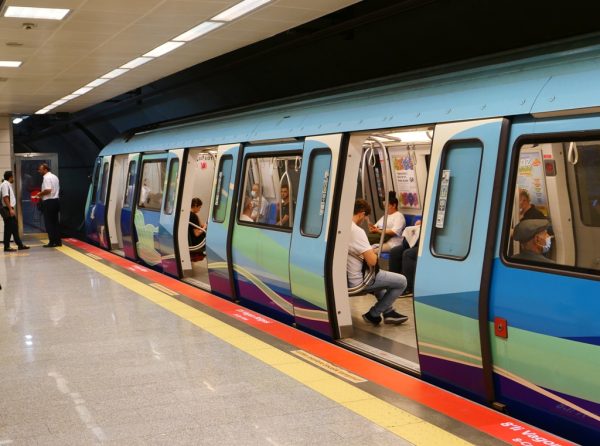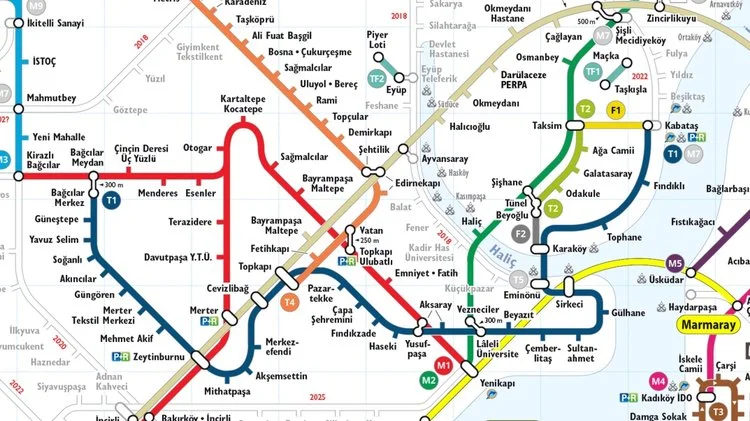Discover the Istanbul Underground and the city’s full transport system with our step-by-step guide for foreigners. Learn how to use metro, tram, buses, ferries, taxis, and the Istanbulkart for smooth travel across Europe and Asia.
Istanbul Underground and City Transport (2025 Edition)
Istanbul is a city like no other, straddling two continents with over 16 million residents and millions of annual visitors. Getting around efficiently is essential for both tourists and expatriates. The Istanbul Underground is the backbone of the city’s public transportation, connecting neighborhoods on both sides of the Bosphorus. But the system extends far beyond the metro, with trams, buses, ferries, funiculars, and taxis all working together.
This guide explains step by step how to navigate the Istanbul Underground, use the Istanbulkart, and understand other forms of public transport so that your stay in Turkey’s largest city is smooth, affordable, and enjoyable.
Why Choose the Istanbul Underground?
The Istanbul Underground offers fast, reliable, and affordable travel. Unlike taxis that may get stuck in traffic, the metro connects major districts directly. For example:
- M1 Line: connects Atatürk Airport region (now closed for passenger flights but still active) with the city center.
- M2 Line: links Yenikapı to Hacıosman via Taksim and Levent.
- M4 Line: runs on the Asian side between Kadıköy and Sabiha Gökçen Airport.
These metro lines allow both locals and foreigners to move between tourist hotspots such as Taksim, Sultanahmet, Kadıköy, and Üsküdar quickly and cheaply.
The Istanbulkart: Your Key to Transport
Before stepping onto the Istanbul Underground, you’ll need an Istanbulkart. This rechargeable smart card works across almost all transport modes:
- Metro and underground
- Tramlines (like T1 Kabataş–Bağcılar)
- Public buses
- Funiculars (Tünel and F1 Kabataş–Taksim)
- Ferries across the Bosphorus
- Metrobus rapid-transit line
You can buy the Istanbulkart from vending machines at metro stations, ferry terminals, and kiosks. Load credit easily with cash or card. Each ride costs significantly less than paying individually, and transfers between lines within two hours are discounted.
Step-by-Step Guide to Using the Istanbul Underground
Step 1: Buy and Load Your Istanbulkart
Find a yellow Istanbulkart machine at any station. Switch the screen to English, buy a new card (usually around 70–100 TL), and load balance.
Step 2: Enter the Station
Tap your card on the electronic gate. A green light means you’re ready to enter.
Study the bilingual Turkish-English metro maps displayed at every station. Lines are color-coded, making it easier for newcomers.
Step 4: Board the Train
Follow the signs to your platform. Trains run every 5–8 minutes during peak hours. Wait behind the safety lines until the train arrives.
Step 5: Exiting and Transfers
Tap your card again when you exit. If you transfer to another metro line, tram, or bus, your next ride will be discounted automatically.
Tram System in Istanbul
Beyond the Istanbul Underground, trams play a vital role for tourists. The T1 line connects Kabataş (near Dolmabahçe Palace) to Bağcılar, passing through Sultanahmet, Hagia Sophia, and the Grand Bazaar. For sightseeing, this is the best way to explore Istanbul’s Old City.
Metrobus: Istanbul’s Rapid Bus System
The Metrobus is a high-capacity bus running on a dedicated lane across the city, stretching from Beylikdüzü in the west to Söğütlüçeşme on the Asian side. While not underground, it complements the Istanbul Underground by providing east-west connections along highways.
Ferries: Crossing the Bosphorus
No trip to Istanbul is complete without using a ferry. Operated by Şehir Hatları and private companies, ferries connect Eminönü, Beşiktaş, Kadıköy, Üsküdar, and the Princes’ Islands. You can use your Istanbulkart on ferries too. The view of the Bosphorus is unforgettable and makes commuting feel like sightseeing.
Taxis and Ride-Sharing
While the Istanbul Underground is more reliable, taxis are sometimes necessary. Always insist on using the meter, and avoid unofficial taxis. Ride-sharing apps like BiTaksi and Uber (for yellow taxis only) are available.
Transport Between Airports
- Istanbul Airport (IST) on the European side is connected by the new M11 metro line and Havaist buses.
- Sabiha Gökçen Airport (SAW) on the Asian side links to Kadıköy and Taksim via shuttle buses and the M4 metro extension.
Both airports are accessible with Istanbulkart for metro and bus services.
Costs and Travel Times
- Metro or tram single ride: ~15–20 TL
- Ferry ride: ~20–25 TL
- Metrobus ride: ~20 TL (varies by distance)
- Taxi minimum fare: ~90 TL
Compared to other world capitals, Istanbul remains affordable for transport. The Istanbul Underground is especially cost-effective for long-term visitors.
Safety and Travel Tips
- Always keep your Istanbulkart topped up with balance.
- Avoid rush hours (7–9 am and 5–7 pm) if possible.
- Women-only wagons exist on some lines for safety.
- Beware of pickpockets in crowded trams or buses.
- Metro signs are in both Turkish and English.
Expansion of the Istanbul Underground
By 2025, Istanbul continues to expand its metro network, with new lines connecting Başakşehir, Gayrettepe, and Istanbul Airport. The city aims to become one of the world’s largest metro systems. This expansion makes the Istanbul Underground even more essential for residents and tourists alike.
FAQs About the Istanbul Underground
Q1: Can I use the Istanbulkart on all transport?
Yes, the Istanbulkart works on metro, trams, buses, Metrobus, ferries, and even some public toilets.
Q2: Is the Istanbul Underground open 24/7?
No. Most lines run from 6 am until midnight. On weekends, some lines may extend service until 1 am.
Q3: How safe is it for solo travelers?
The Istanbul Underground is safe, with CCTV cameras and security guards at stations. Just be cautious during late-night hours.
Q4: Can I take luggage on the metro?
Yes, small suitcases are allowed, making it convenient for airport transfers.
Q5: Are there apps to help navigate?
Yes. The “Metro Istanbul” app and Google Maps both provide real-time directions.
Conclusion
The Istanbul Underground and wider transport system make this megacity surprisingly manageable. From trams that pass the Blue Mosque to ferries that glide across the Bosphorus, every journey doubles as a cultural experience. For foreigners visiting or living in Istanbul, mastering the metro and Istanbulkart is the key to exploring this city affordably and efficiently.




